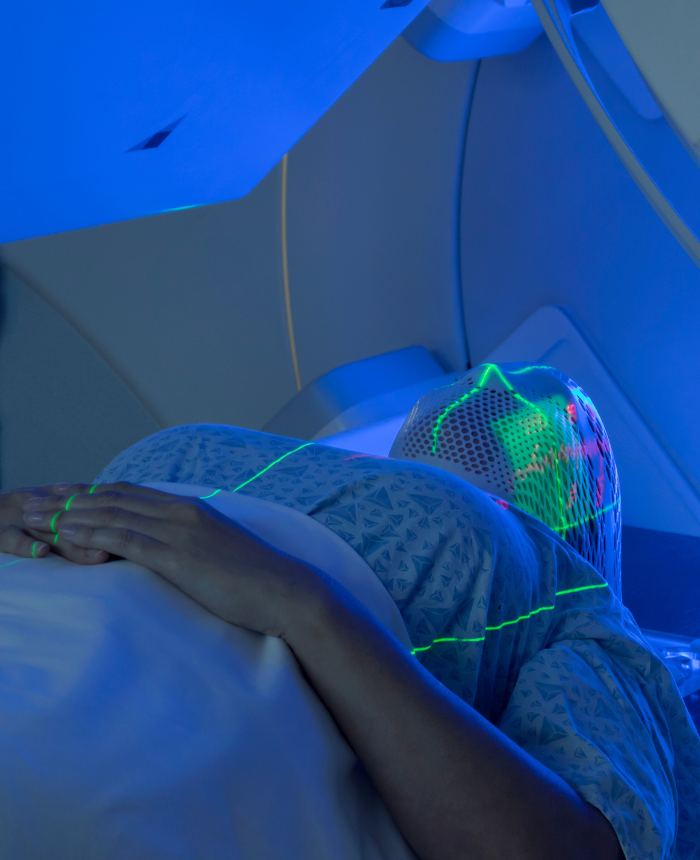
RADIATION TREATMENT
3D conformal radiation therapy
(3D-CRT)
Three-dimensional conformal radiation therapy (3D-CRT) uses computers, CT scans or MRI scans to create detailed, 3-D representations of the tumor or cancer nodules and the surrounding organs. The treatment team uses these images to shape the radiation beams to match the size and shape that the physician prescribes.
3D conformal radiation therapy is generally used on oddly shaped tumors and/or tumors that are close to healthy tissues and organs. This treatment technique allows for nearby healthy tissue to be preserved, as it receives less radiation exposure due to the direct targeting of the tumor itself.
Our physicians use 3D-CRT to treat whole brain cancer, pelvic cancer, and breast cancer.
What to expect during 3D conformal radiation therapy
Once the treatment begins, you may see the machine move and hear it clicking on and off. If you are receiving treatment for whole brain cancer, you might see colored lights.
Your first 3D conformal radiation therapy session will last 20 minutes, and each subsequent treatment will last for 15 minutes. The radiation doesn’t hurt, burn, or sting when it enters your body. You may experience some mild discomfort related to the position of your body, as you must remain in the same position throughout treatment.
A typical 3D conformal radiation therapy treatment schedule is five days a week for 2 to 8 weeks. The total number of treatments you will get depends on factors such as the type of cancer you have and the size and location of your tumor.
Ways to receive radiation
Radiation as a sole treatment modality
The type and stage of cancer, a patient's medical history, and more all go into the decision of whether and how to use radiation therapy. Radiation therapy can be used on its own to cure or treat early-stage cancer or to prevent a previous cancer from spreading to another area of the body. Radiation therapy may also be used to treat cancer that has spread too much to be cured, but for which some of the symptoms may be relieved. This is known as palliative radiation.
Radiation in combination with surgery
Physicians may recommend radiation prior to surgery to shrink the size of the tumor or when the location restricts surgical options. Radiotherapy can also be used during surgery (intraoperative radiation) to get straight to a cancer without passing through the skin. Patients may be advised to receive radiation after surgery to remove remaining cancer cells. Sometimes radiopharmaceutical therapies are also combined with radiation and surgery; for example, if you have metastatic prostate cancer, your treatment could include agents like radium 223 and Pluvicto, also known as lutetium 177.
Radiation with chemotherapy
When radiation is used in combination with chemotherapy, the treatment is called chemoradiation. Chemotherapy uses anti-cancer drugs to destroy cancer cells, and radiotherapy uses high-energy rays to destroy cancer cells. Chemotherapy can also be used as a radiosensitizer, enhancing the killing effect of radiation therapy on cancer cells.
Radiation to relieve symptoms
Radiation therapy may be recommended to relieve symptoms by reducing the size of the tumor and its effects on surrounding organs and tissues.
Radiation Therapy Resources
Here are some resources to help you better understand your treatment; how to prepare for treatment; and what to expect before, during, and after treatment occurs.
What Foods Should I Eat if Radiation Causes Nausea?
The best foods to eat if radiation causes nausea include those that are bland, easy to digest, and nutritionally dense. Read more to learn which foods to avoid.
Choosing the Right Radiation Oncology Center for You
You get to choose where to receive radiation therapy. But how do you know what the right choice is for you? Here are some top things to consider.
Recovering From Head and Neck Cancer
The recovery time for head and neck cancer varies by patient. Here, we share some of the top factors that can impact your recovery time.
Types of Radiation Therapy
Image-guided radiation therapy (IGRT)
IGRT combines 3-D images with 3D or intensity-modulated radiation therapy to pinpoint and treat cancerous tumors.
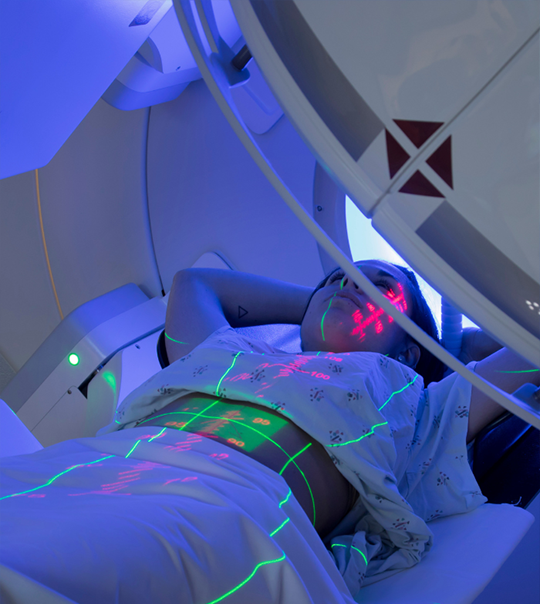
Intensity-modulated radiotherapy (IMRT)
IMRT is an advanced form of external radiation treatment that allows precise targeting of tumor cells.
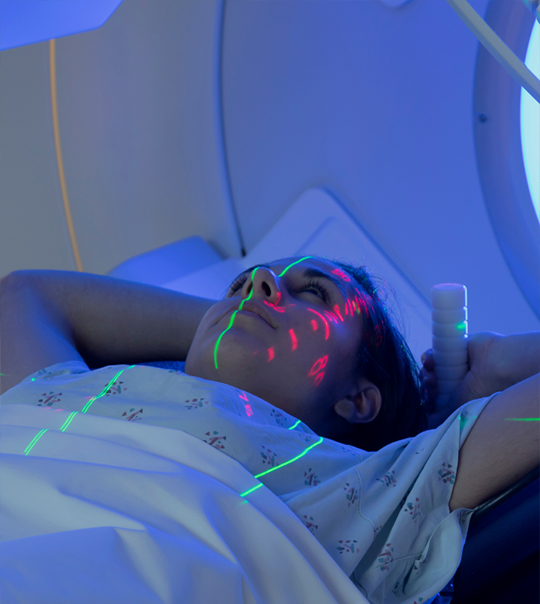
Image-guided radiation therapy (IGRT)
IGRT combines 3-D images with 3D or intensity-modulated radiation therapy to pinpoint and treat cancerous tumors.

Intensity-modulated radiotherapy (IMRT)
IMRT is an advanced form of external radiation treatment that allows precise targeting of tumor cells.

Stereotactic body radiotherapy (SBRT)
SBRT is an advanced type of radiation therapy that delivers high doses of radiation aimed at a very targeted area of the body.
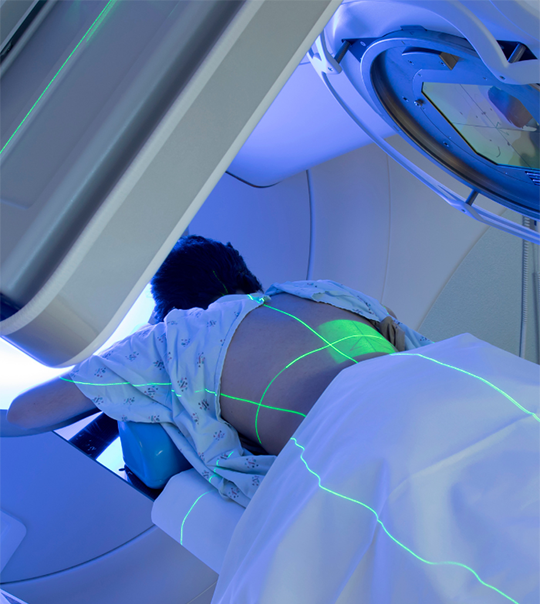
3-D conformal radiation therapy
3-D CRT uses technology to capture 3D representations of the tumor and surrounding organs.
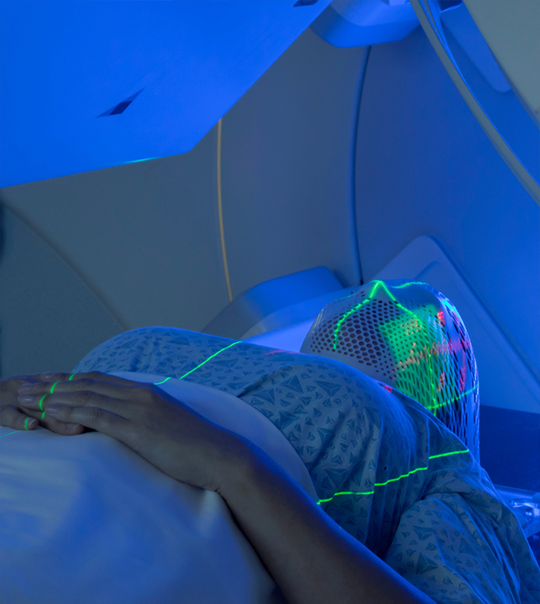
Stereotactic body radiotherapy (SBRT)
SBRT is an advanced type of radiation therapy that delivers high doses of radiation aimed at a very targeted area of the body.

3-D conformal radiation therapy
3-D CRT uses technology to capture 3D representations of the tumor and surrounding organs.

Schedule Your Appointment Today
If you are referred for radiation therapy during your cancer care, you get to choose where to receive treatment. We are here to support and encourage you—call us today to schedule your first appointment with one of our radiation oncologists at the cancer center nearest to you.



